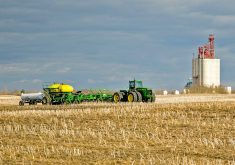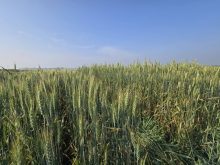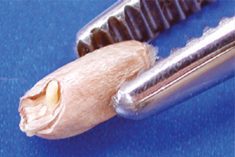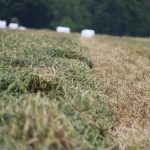Canada’s system of developing wheat varieties is both efficient and effective, says a University of Saskatchewan agricultural economist.
Australia invests much more into wheat genetics and improving varieties, but the yield gains are similar to Canadian results.
“In Australia, they’re spending three to five times what we are, right now, on wheat research and wheat genetics,” said Richard Gray, Canadian grain policy research chair at the U of S.
Read Also
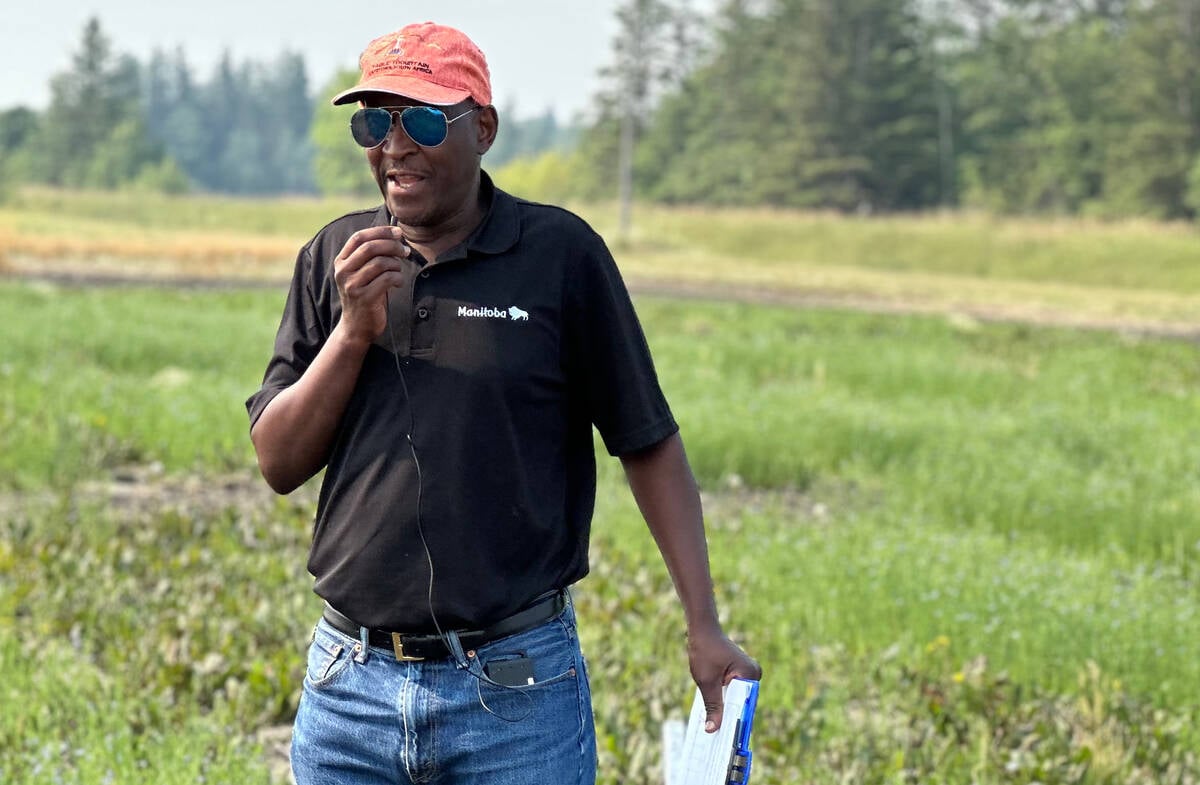
How much nitrogen can farmers really cut?
Manitoba fertilizer trials look for nitrification inhibitor sweet spot, to lower greenhouse gas emissions and cost without hurting yield.
“Yet, our outcomes are fairly consistent with (Australia)…. The rate of genetic gain in Australia and Canada is among the best that there are — possible exception is Brazil.”
WHY IT MATTERS: There are rumblings that Agriculture and Agri-Food Canada may be backing out of the field-ready wheat breeding game.
Since last summer, Gray has been on academic sabbatical from the university. He spent part of his time in Australia, studying that country’s approach to wheat research and breeding.
Private companies play a large role in wheat breeding in Australia, but they’re not really ‘private,’ Gray said.
One example is Australian Grain Technologies (AGT), which promotes itself as the “market leader in wheat genetics.”
A group controlled by farmers, the Grains Research Development Corporation, owns 40 per cent of AGT.
A private firm, Limagrain, owns 20 per cent.
“A university and state government own another 40 percent,” Gray said.
In Canada, wheat breeding is something that happens mostly at public institutions, such as the U of S’s Crop Development Centre and Agriculture and Agri-Food Canada research centres.
Canada’s system isn’t perfect, but it does produce a strong return on investment. Lampros Maros, who earned his PhD in agricultural economics at the U of S in June, studied the cost/benefit ratio of wheat breeding investments in Canada.
In his thesis, he concluded that the economic benefits from developing wheat varieties are 59 times higher than the cost of creating those varieties.
“We estimate that around one quarter of the increase in commercial yields over the 50-year period (1970-2019), is attributed to wheat varietal development,” Maros said in a U of S press release.
“The cumulative benefits of western Canadian wheat varietal development are C$34.1 billion between 1970 and 2019 (in 2019 prices).”
That 59 to 1 benefit to cost ratio is different from a 2022 study (also done at the U of S) that pegged the ratio at 35 to 1.
The difference in the two studies comes down to methods, Gray said.
The more recent study, with a 59 to one in benefit/cost ratio, considered the total benefits to the public and the grain sector, including input suppliers and foreign customers.
The other paper, from 2022, only considered the return on investment for farmers.
Regardless of how the analysis is done, investing in wheat breeding pays off.
Few things in life provide a 35 to 1 return on investment.
“I don’t know anything other than Bitcoin that does that for you,” Gray said.
The evidence suggests that Canada’s system is working, but there’s always room for improvement. One option might be for producers to inject more money (through levies) into wheat breeding.
“Yes. I think it’s needed,” Gray said.
“The question … is, do you want to tack onto a royalty-based funding model as well?”
Other key questions include what organization would get those royalties and how would they be spent?
“How you set up the institution so producers still retain some control and get benefits … that’s where we’re at right now,” Gray said.
“(But) the public system works pretty well, so you need to be careful (with changes).”




